 0
0
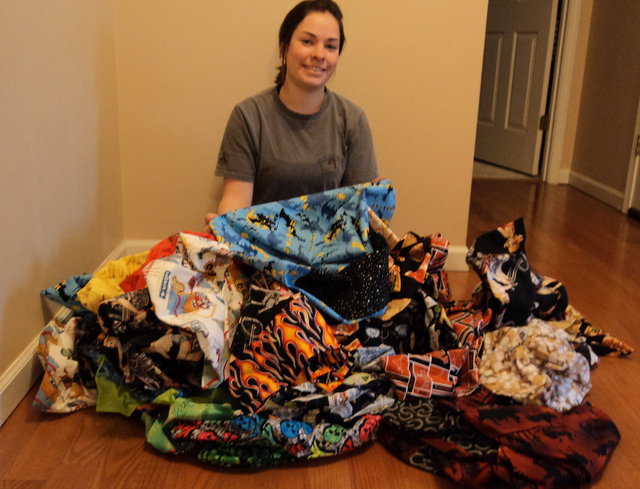
I've moved around the country quite a lot, but the main passions that have remained constant in my life have been sewing and community service. Over a year ago, I began volunteering for Soldier’s Angels, an organization that sponsors a variety of projects to support American soldiers, and through which I write letters to deployed troops.
A quilter since second grade, I previously had put my sewing efforts toward making quilts for friends, family, and myself. As I approached my senior year in high school, and the college applications that go along with it, I realized that combining my passions would be both fulfilling and a strong sign of success. With that in mind, I began to sew quilts for Soldier’s Angels to give to wounded soldiers. Then my parents suggested the idea of making pillowcases for soldiers, as pillowcases could be completed in larger quantities than blankets and thus could touch more lives. Soldier’s Angels eagerly supported the idea, suggesting that the pillowcases be sent to combat hospitals in Afghanistan, which tend to be simple, drab structures. A happy mind can do wonders for physical healing, and a fun pillowcase could be a great brightener in a soldier’s day.
This project officially began with the new year, so it is still in its infancy. I’m very excited to get the ball rolling and make this a highly successful endeavor, but I need the help of others! I am asking all of my fellow TQS members to sew for the cause! Compared to making quilts, a pillowcase is a quick project. It is simple enough for even the newest sewers. Above all, it is personally rewarding to do good for others, and it feels as wonderful to give as it does to receive.
If you are interested in helping out, please read the guidelines that Soldier’s Angels has determined for the pillowcases here. Note that the pillowcase dimensions given are approximate, and any pattern for a standard-sized pillowcase will do. This is a great chance to use those fun, bold fabrics that never seemed to work in a quilt: the pillowcases I've made include prints featuring pizza, candy of all sorts, superheroes, and much more. If you need a pattern, feel free to contact me here. Learn more about Soldier’s Angels here.
I’m so excited to see this project grow and touch the lives of many wonderful soldiers who have sacrificed so much to help others. I'm working very hard to reach as many soldiers as possible. I even sewed over fifty pillowcases this winter break! But I can't do this alone, and I need the help of the TQS community to reach more soldiers. Please help sew, and please help spread the word about Patriot Pillowcases! Whether it's a one-time project or something you do more frequently, I would love your help, and I know the soldiers would love your contribution, too!


![]()


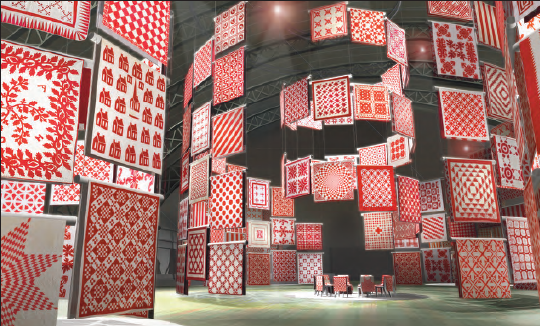


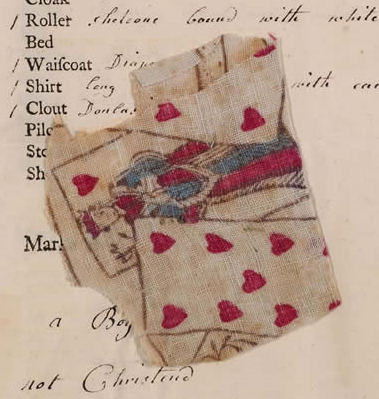
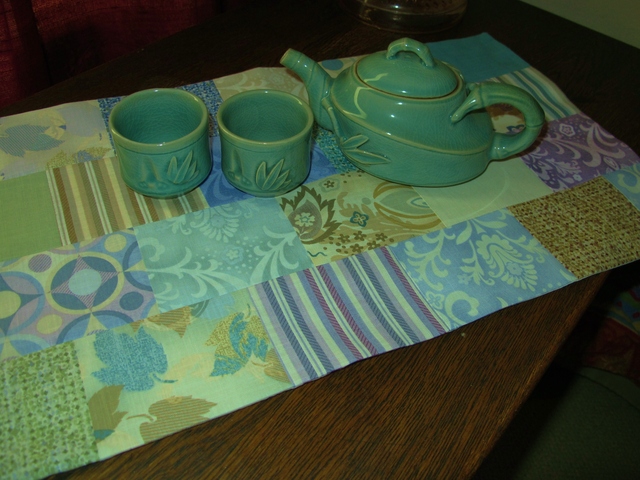



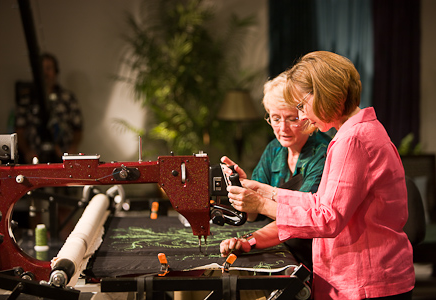
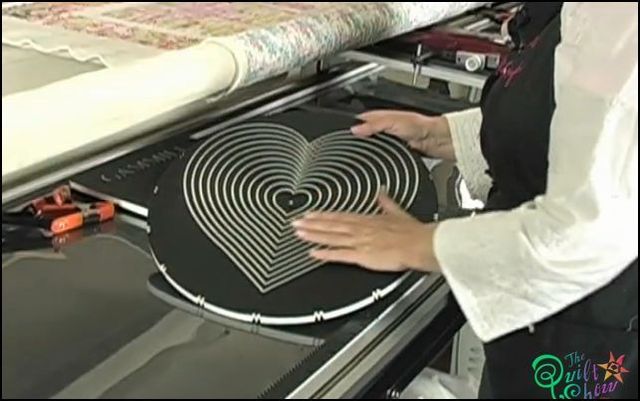
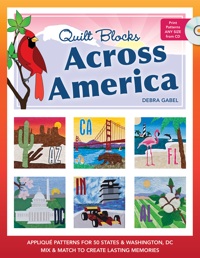
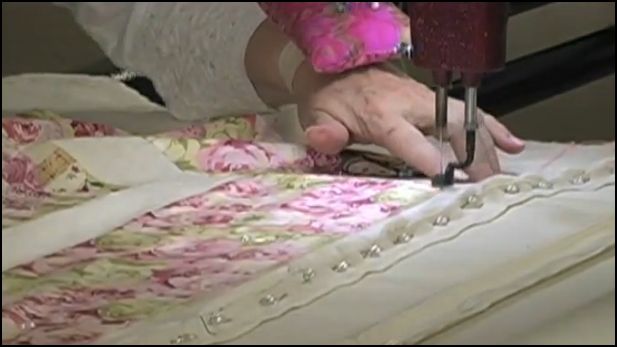



.jpg)


